Behind skyscrapers soaring and sea-crossing bridges spanning chasms, hidden and unseen, the piling pipe silently bear the brunt of the effort. Among them, welded steel pipe piles conforming to the ASTM A252 standard have become a workhorse in modern foundation engineering due to their excellent mechanical properties and relative cost-effectiveness. Within this standard, the choice between Grade 1 and Grade 2 is the first and most crucial technical and economic decision engineers face. An inappropriate choice can either lead to wasteful performance or create safety risks.
ASTM A252 Meaning
ASTM A252 is the standard specification for "Welded and Seamless Steel Pipe Piles," developed by the American Society for Testing and Materials (ASTM). The core purpose of this standard is to define the material requirements, mechanical properties, and testing methods for steel pipes used as load-bearing piles. Unlike line pipes used to transport fluids (such as API 5L), pile pipes place greater emphasis on their flexural strength, buckling resistance, and load-bearing properties to ensure they can stably support the significant static and dynamic loads posed by the superstructure once driven into the ground.
What types and grades of steel pipe are used in piling projects?
ASTM-A252 is the basic specification governing seamless and welded steel pipe for piling applications. They can be used as load-bearing piles or as concrete pile retaining structures.
A-252 pipe comes in three grades:
Grade 1 (minimum yield strength of 30 ksi or 207 MPa);
Grade 2 (minimum yield strength of 35 ksi or 241 MPa);
Grade 3 (minimum yield strength of 45 ksi or 310 MPa).
Grade 3, the strongest grade, is typically used for piling projects.
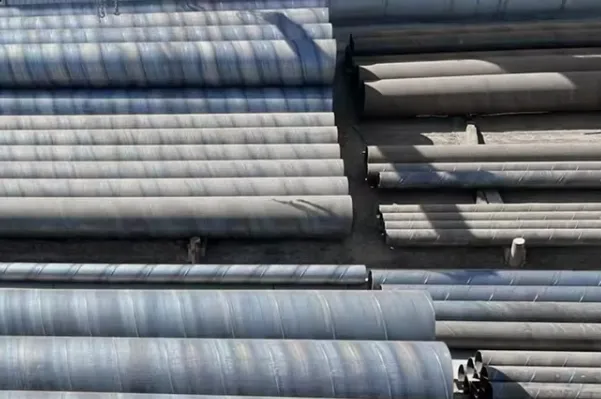
ASTM A252 Grade 2 vs Grade 1 piling pipe
Mechanical Properties Comparison: Grade 1 vs. Grade 2
The most critical difference lies in mechanical properties.
Yield Strength:
Grade 1 ≥ 205 MPa (30,000 psi)
Grade 2 ≥ 290 MPa (42,000 psi)
Grade 2 has a yield strength approximately 41% higher than Grade 1, providing better resistance to bending and permanent deformation.
Tensile Strength:
Grade 1 ≥ 345 MPa (50,000 psi)
Grade 2 ≥ 415 MPa (60,000 psi)
Grade 2 has a tensile strength approximately 20% higher, providing better performance under ultimate load.
Elongation:
Both grades must meet the minimum elongation specified in the standard to ensure toughness and prevent brittle fracture during pile driving.
Chemical Composition:
ASTM A252 does not specify strict chemical composition limits. Fabricators typically use low-carbon steel to ensure good weldability and fabrication.
Summary: Grade 2 offers higher yield strength and tensile strength, surpassing Grade 1 in load-bearing capacity and durability.
The key difference between ASTM A252 Grade 1 and Grade 2 steel pipe piles lies in their mechanical properties. Both have the same tensile strength requirement of ≥345 MPa, resulting in similar performance in terms of withstanding tension. However, Grade 2 has a significantly higher yield strength (≥241 MPa vs. ≥205 MPa), meaning it is more resistant to bending and deformation.
In addition, the standard also specifies elongation requirements, which measure the toughness of the steel pipe. For example, for steel pipe with a wall thickness of ≥7.9 mm, the elongation must be ≥30%. Although the standard values for Grade 1 and Grade 2 are the same, the higher strength of Grade 2 requires stricter material and process control to achieve the same toughness.






 English
English Español
Español بالعربية
بالعربية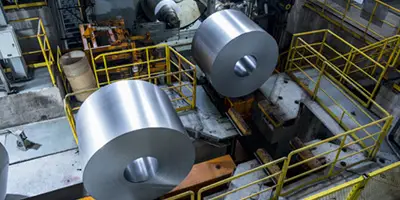

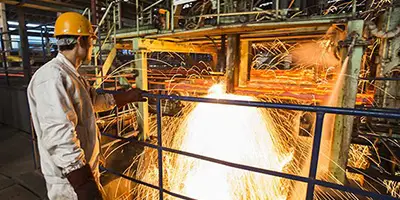
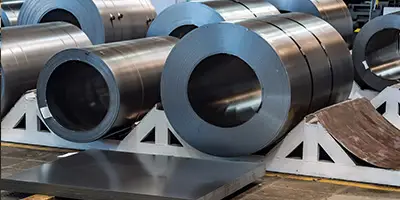

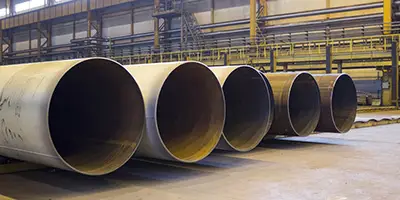
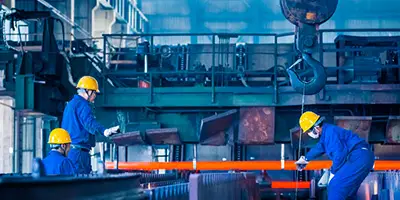
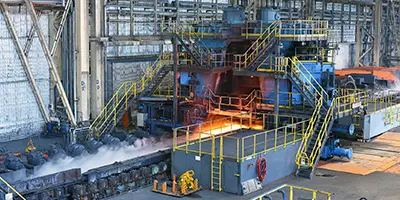
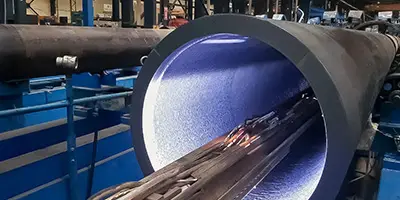
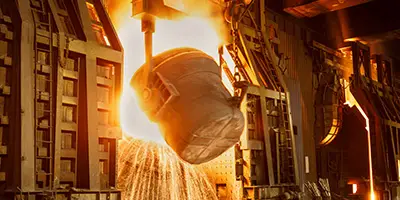


 Phone :
Phone :  Whatsapp :
Whatsapp :  Email :
Email : 


